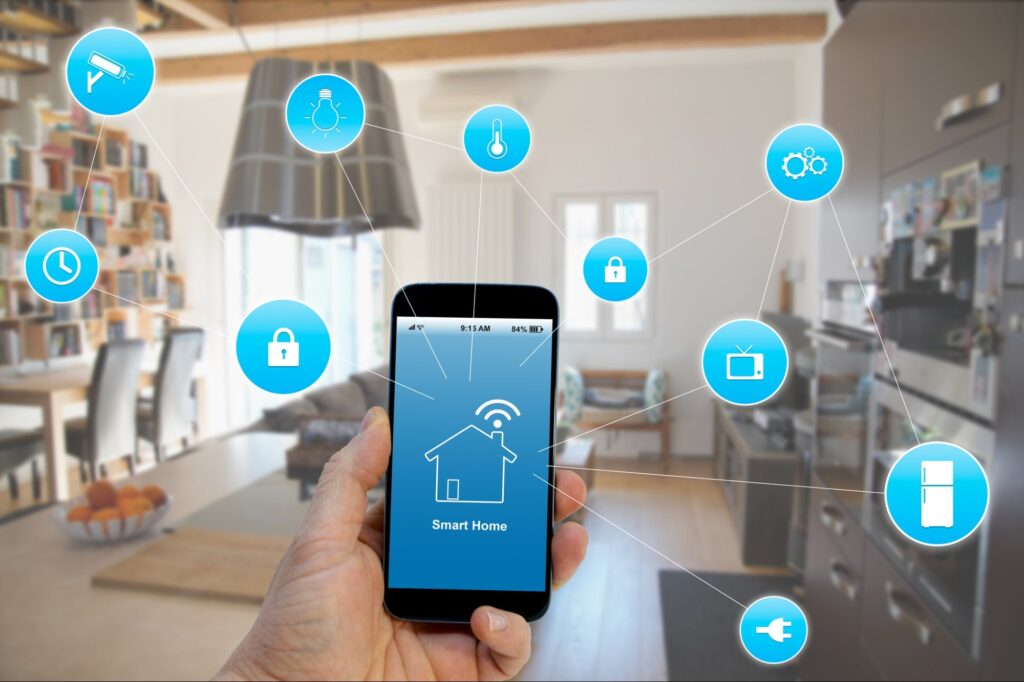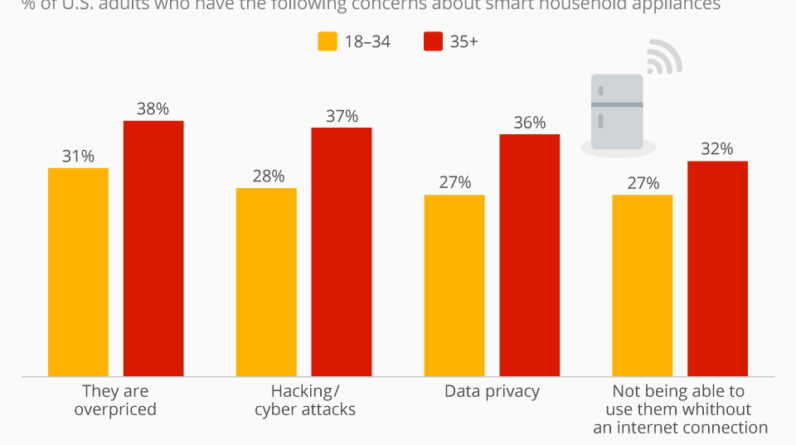
In a world where technology is becoming an integral part of our daily lives, smart home appliances offer convenience and automation like never before. From controlling your lights with a voice command to adjusting your thermostat from your smartphone, these devices have undoubtedly revolutionized the way we interact with our homes. However, as we embrace these advancements, it is crucial to address the pressing question: Are there any privacy concerns with smart home appliances? Let’s explore the potential implications and dive into the increasingly complex relationship between technology and privacy.
Collection and Storage of Personal Data
Smart devices collect personal data
With the increasing popularity of smart home appliances, one of the major concerns is the collection and storage of personal data. Smart devices such as voice assistants, security cameras, and home automation systems are constantly collecting data about your daily activities and habits. This includes information such as your voice commands, video footage from surveillance cameras, and usage patterns of various devices.
Data storage and security measures
Once the personal data is collected by these smart devices, it is stored in either the device itself or in the cloud. The data stored in the cloud is particularly concerning as it may be accessible by third parties. This raises concerns about the security and privacy of personal data. While many companies claim to have robust security measures in place to protect this data, there have been instances of data breaches and unauthorized access to personal information.
Intrusion and Hacking Risks
Potential for unauthorized access
One of the biggest risks associated with smart home appliances is the potential for unauthorized access. As these devices are connected to the internet, they become vulnerable to hacking and intrusion. Hackers can exploit vulnerabilities in the devices or their associated apps to gain access to personal data or even control the devices remotely. This can have serious implications for your privacy and security.
Securing smart home networks
To mitigate the risks of unauthorized access, it is crucial to secure your smart home network. This includes changing default passwords, regularly updating device firmware, and using strong encryption protocols. Additionally, it is advisable to use separate networks for your smart devices and personal devices to minimize the potential impact of a security breach.
Cybersecurity measures
Companies that manufacture smart home appliances should also take cybersecurity seriously. This means employing strong encryption methods to protect data both in transit and at rest. Regular security audits should be conducted to identify and address any vulnerabilities in the system. By implementing robust cybersecurity measures, both on the user’s end and the manufacturer’s end, the risks of intrusion and hacking can be significantly reduced.
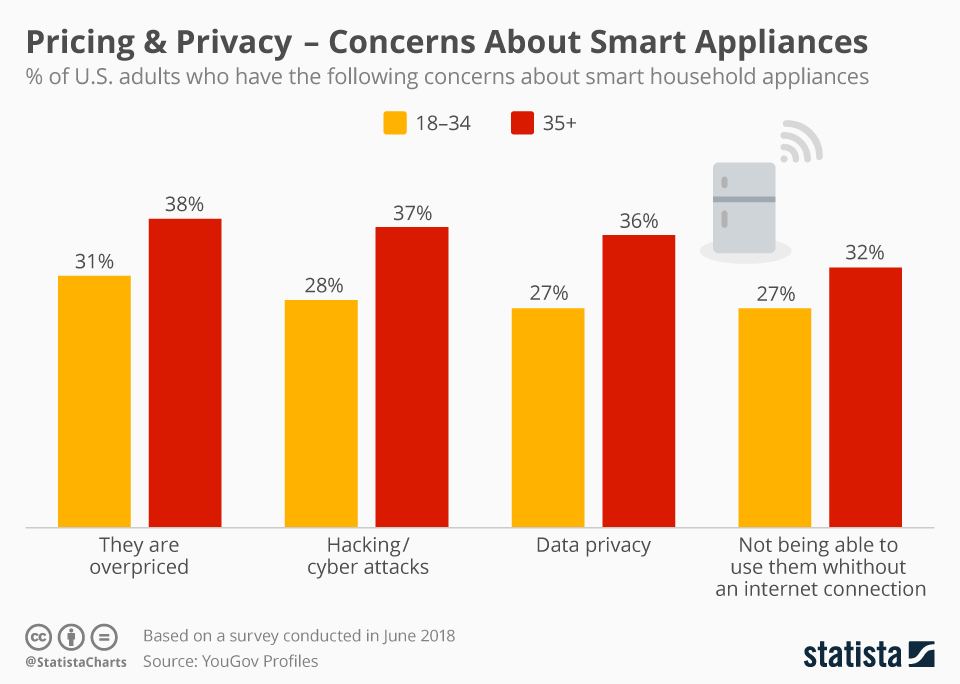
Sharing of Data with Third Parties
Sensitive data exposure
Smart home appliances often require users to share their personal data with third parties in order to access certain features or services. This raises concerns about the exposure of sensitive data to multiple entities. It is crucial for users to understand exactly what data is being shared, who it is being shared with, and for what purpose. Sensitive data such as personal identifiers, biometrics, and location information should be handled with utmost care to prevent any misuse or potential harms.
Transparency and consent
To address the concerns related to sharing data with third parties, there needs to be greater transparency and explicit consent from users. Companies should provide clear privacy policies that outline how user data is collected, used, and shared. Users should have the ability to easily opt out of data sharing and understand the implications of such decisions. Consent should be obtained in a meaningful and informed manner, ensuring that users are fully aware of the privacy implications before sharing their personal data.
Data selling and marketing
Another concern arising from the sharing of data with third parties is the potential for data selling and marketing. Personal data collected from smart home appliances can be valuable for targeted advertising and marketing purposes. Users often have little control over how their data is used once it is shared, and this lack of control can lead to privacy infringements. Regulations and guidelines should be in place to restrict the sale and marketing of personal data, ensuring that users have the final say in how their data is utilized.
Lack of Regulation and Standards
Absence of clear regulations
The smart home industry is relatively new, and as a result, there is a lack of clear regulations governing the collection and use of personal data. This absence of regulatory oversight leaves users vulnerable to potential privacy breaches. Companies may not be legally obligated to adhere to specific privacy standards, leading to inconsistencies in data handling across different manufacturers and service providers.
Standardization challenges
In addition to the lack of regulations, the smart home industry also faces challenges when it comes to standardization. The absence of uniform standards makes it difficult for users to gauge the level of privacy protection offered by different devices or platforms. This can result in confusion and frustration among users who are trying to make informed decisions about the privacy implications of their smart home appliances.
Need for privacy guidelines
To address the concerns related to the lack of regulation and standardization, there is a need for comprehensive privacy guidelines specifically tailored to the smart home industry. These guidelines should cover aspects such as data collection, storage, and sharing practices, as well as security requirements. By establishing clear privacy guidelines, users can have greater assurance that their personal data is being handled in a responsible and secure manner.
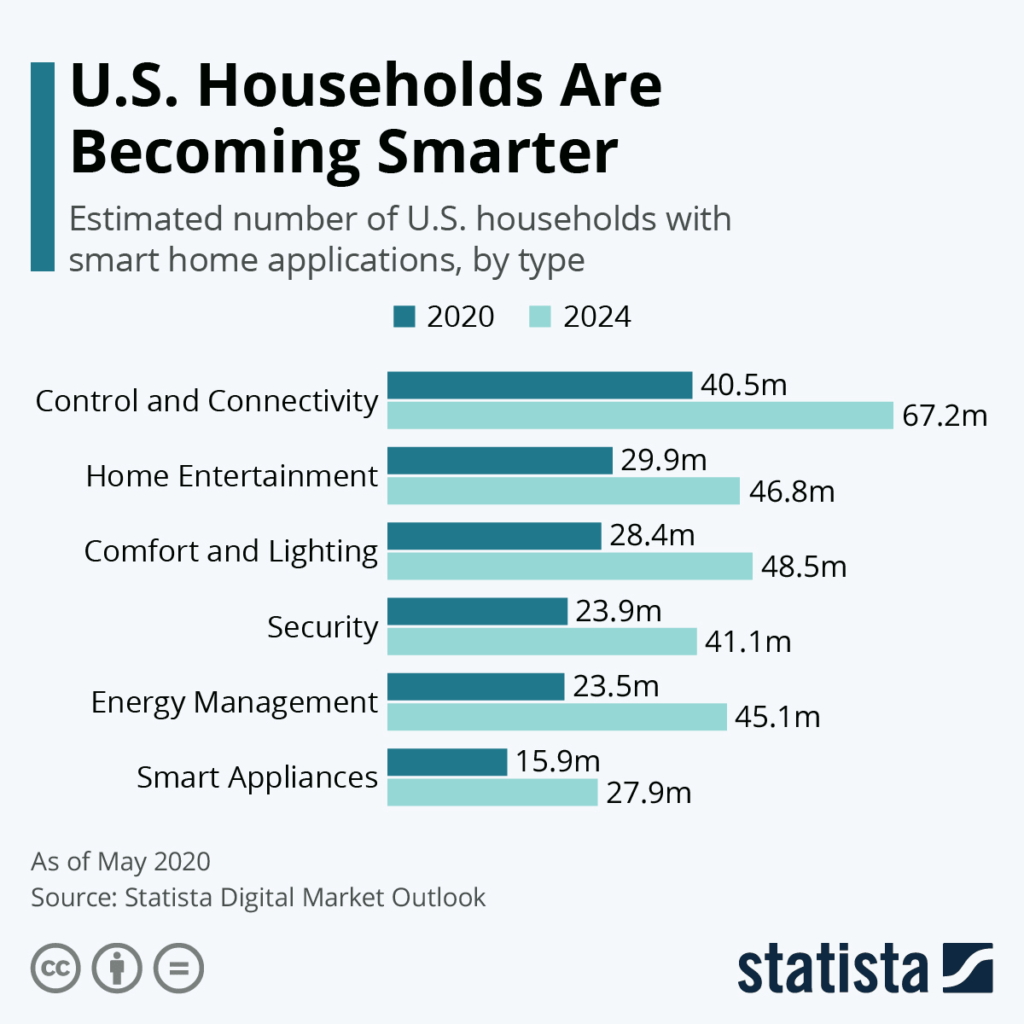
Vulnerabilities in Device Communication
Encryption and authentication vulnerabilities
Smart home devices rely on communication protocols to interact with each other and with the user. However, these communication channels can be vulnerable to encryption and authentication vulnerabilities. If these vulnerabilities are exploited, attackers can intercept communication between devices or impersonate a legitimate device, compromising the privacy and security of the smart home network.
Interoperability issues
Interoperability is another challenge in the smart home ecosystem. As the number of connected devices increases, ensuring seamless communication and compatibility between different devices becomes more complex. This can lead to vulnerabilities in the communication process, as different devices may have varying levels of security measures and protocols. Addressing these interoperability issues is essential to minimize the risks associated with the communication between smart home devices.
Audio and Video Surveillance Concerns
Privacy implications of audio recording
Smart home appliances such as voice assistants often rely on audio recording to provide personalized services. However, this raises concerns about privacy, as audio recordings may contain sensitive conversations or confidential information. Users should be aware of the privacy implications of audio recording and have control over when and how their conversations are recorded.
Risk of video surveillance abuse
Video surveillance is another aspect of smart home appliances that raises privacy concerns. While security cameras can provide a sense of safety and deter potential intruders, they also have the potential for abuse. Unauthorized access to video footage or the misuse of surveillance cameras can infringe on the privacy of individuals. Proper security measures, access controls, and user awareness are essential to mitigate the risks associated with video surveillance.
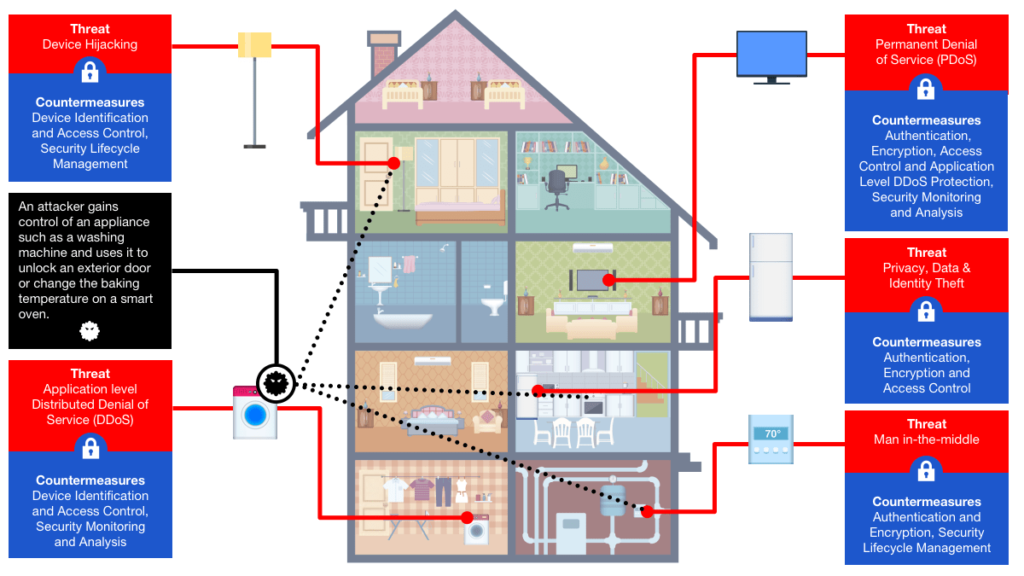
Smart Assistants and Voice Recognition
Privacy risks with voice command storage
Smart assistants, with their voice recognition capabilities, offer convenience and hands-free control of various devices. However, this convenience comes with privacy risks. Voice commands are often stored and analyzed by manufacturers to improve their voice recognition algorithms. Users should be aware of the extent to which their voice commands are being stored and how they are being used to ensure their privacy is not compromised.
Voice profiling and data monetization
As smart assistants continuously learn and improve their voice recognition capabilities, they develop voice profiles for individual users. These voice profiles can contain personal information and characteristics that can be monetized or exploited. Users should have control over the creation and use of their voice profiles, and companies should be transparent about their data monetization practices to avoid any privacy infringements.
Geolocation Tracking and Data
Location sharing risks
Smart home appliances often rely on geolocation tracking to provide location-based services. While this can be convenient, it also poses risks to privacy. Constantly sharing your location data with smart devices increases the chances of it being misused or intercepted by unauthorized parties. Users should have granular control over when and how their location data is shared to mitigate privacy risks associated with geolocation tracking.
Geo-targeted advertising
One concern with geolocation tracking is the potential for geo-targeted advertising. Companies can use location data to target individuals with personalized advertisements based on their physical whereabouts. While this can be seen as a convenience, it also raises concerns about the potential misuse of location data and the invasion of privacy. Transparent and user-controlled mechanisms should be in place to ensure that users have control over how their location data is used for advertising purposes.
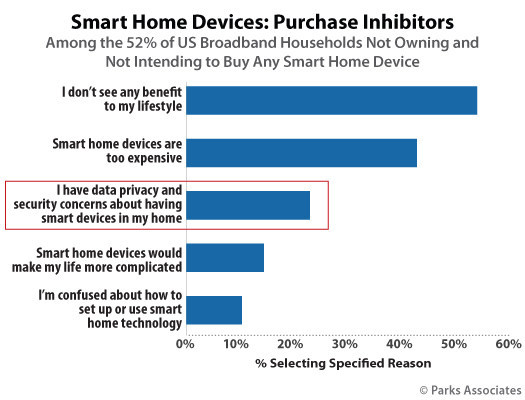
Smart Home Cloud Services
Data storage on remote servers
Smart home appliances often rely on cloud services for data storage and remote access. This means that personal data collected by these devices is stored on remote servers controlled by the service provider. While cloud storage offers convenience and accessibility, it also raises concerns about the security and privacy of the data. Users should be aware of the data storage practices of the service provider and ensure that appropriate security measures are in place to protect their personal information.
Privacy and control concerns
When relying on cloud services, users often have limited control over their data. They are dependent on the service provider’s privacy policies and data handling practices. This lack of control can make users vulnerable to potential privacy breaches and unauthorized access. Clear agreements and contracts with service providers should be in place to ensure that users have adequate privacy protection and control over their data when utilizing smart home cloud services.
User Awareness and Control
Lack of user knowledge
Many users may not fully understand the privacy implications of their smart home appliances. This lack of knowledge can lead to unintentional sharing of personal data or overlooking potential privacy risks. It is essential for users to stay informed about the privacy features and settings of their devices, as well as their rights and responsibilities regarding the protection of their personal data.
Granular control and privacy settings
To address the lack of user knowledge and improve privacy protection, smart home appliances should provide granular control and customizable privacy settings. Users should have the ability to choose the level of data collection, storage, and sharing that they are comfortable with. Clear and user-friendly interfaces should be designed to make it easy for users to understand and manage their privacy settings.
In conclusion, while smart home appliances bring convenience and innovation to our lives, they also raise significant privacy concerns. The collection and storage of personal data, risks of intrusion and hacking, sharing of data with third parties, lack of regulation and standards, vulnerabilities in device communication, audio and video surveillance concerns, privacy risks with smart assistants and voice recognition, geolocation tracking, smart home cloud services, and user awareness and control are all areas that require attention to ensure the privacy and security of individuals in the increasingly connected world of smart homes.
